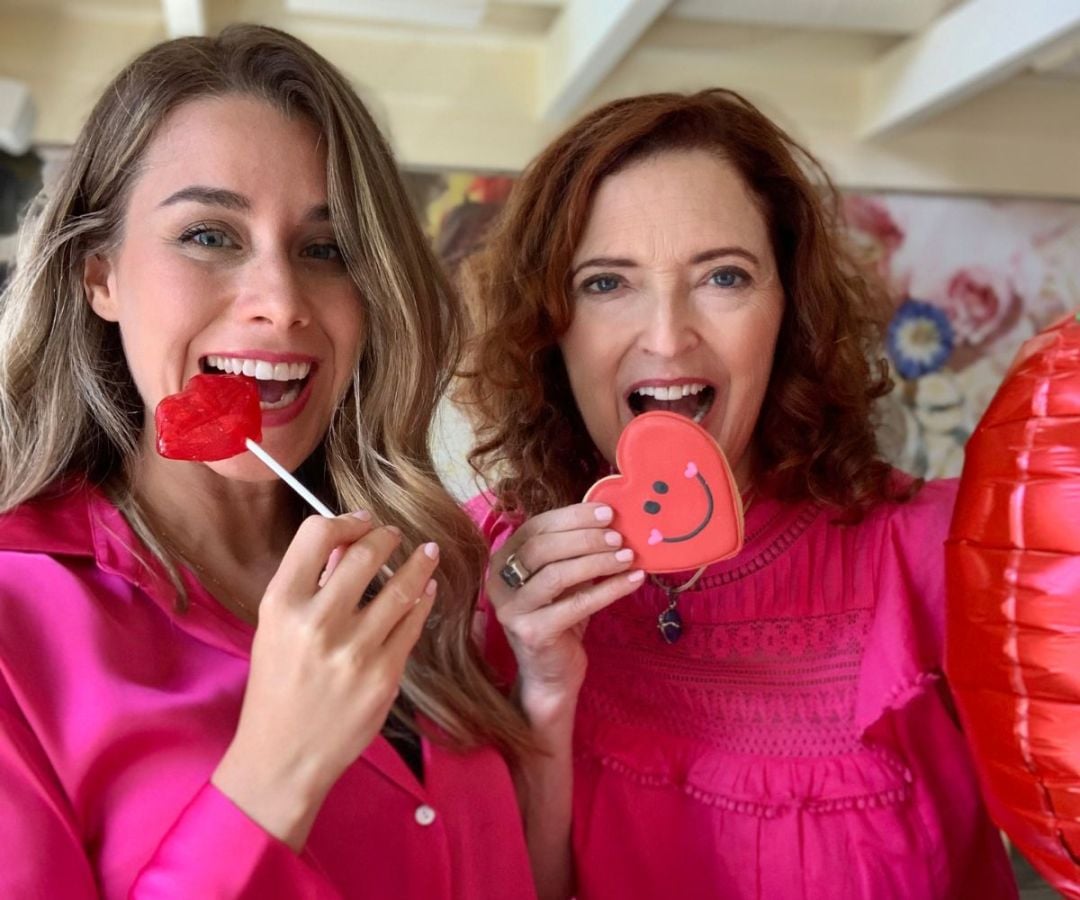What is a Deep Dental Cleaning and Why Would I Need One?

Nearly half of adults have chronic periodontitis, an unhealthy inflammation of the gums. If not controlled, this condition can eventually cause your gums to recede, resulting in tooth loss.
Plaque is a form of bacteria. Your mouth is awash in bacteria around the clock. When plaque isn’t removed or removed thoroughly, it aggravates the gums at the bottom of your teeth, causing them to become inflamed.
This creates a disastrous dental domino effect. The inflammation can develop deep pockets between your gum and your teeth. Without treatment, your gums become tender and may even start to bleed. When the plaque bacteria enters and stays in the pockets, it becomes a harder substance known as tartar, which regular brushing can’t remove.
Healthy gums are firm, pink, and tightly attached to the roots of your teeth.
But if you have any of the following signs, you likely have gum disease that requires treatment:
- Gums that are red versus pink gums
- Sore or swollen gums
- Bleeding gums
- Teeth that look longer due to gum recession
- Sensitive teeth
- Chronic bad breath
Dr. AnnMarie Olson uses an instrument to measure gum recession. Healthy teeth have pockets that are 1-3 millimeters.
If you have pockets greater than 5 millimeters, Dr. Olson recommends a deep cleaning to maintain the integrity and health of your teeth. Patients with specific health issues may need a preventive antibiotic before or after this cleaning.
Deep cleaning involves two procedures:
- Scaling
- Root planing
First, your mouth is numbed, although the procedure typically does not involve pain or discomfort. Depending on the amount of work to be done, your deep cleaning may require just one visit, though some patients may require a second appointment to complete to process.
Scaling gets rid of the plaque and tartar not only on your teeth but also in the pockets between your teeth and gums.
Today’s scaling instruments use ultrasonic technology to clean the plaque and tartar buildup. The tool has a vibrating tip that takes off the tartar easily. It is also fitted with a water spray to wash the debris away.
Step two is the root planing. This process entails smoothing any rough spots on the roots of your teeth. It’s harder for bacteria to adhere to smooth surfaces. The roots’ smooth surface helps the gums heal and stick to your teeth with a better grip.
Following the cleaning, your mouth may be a little sore, and you may experience some teeth sensitivity for a few days. Your gums may be extra tender. In some instances, Dr. Olson may prescribe a pill or special mouth rinse for you to take for a few days after the procedure.
To learn whether you may benefit from a deep cleaning and for all of your oral health care needs, contact our office in Austin, Texas.



